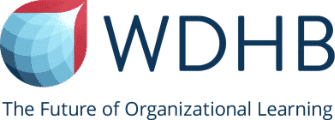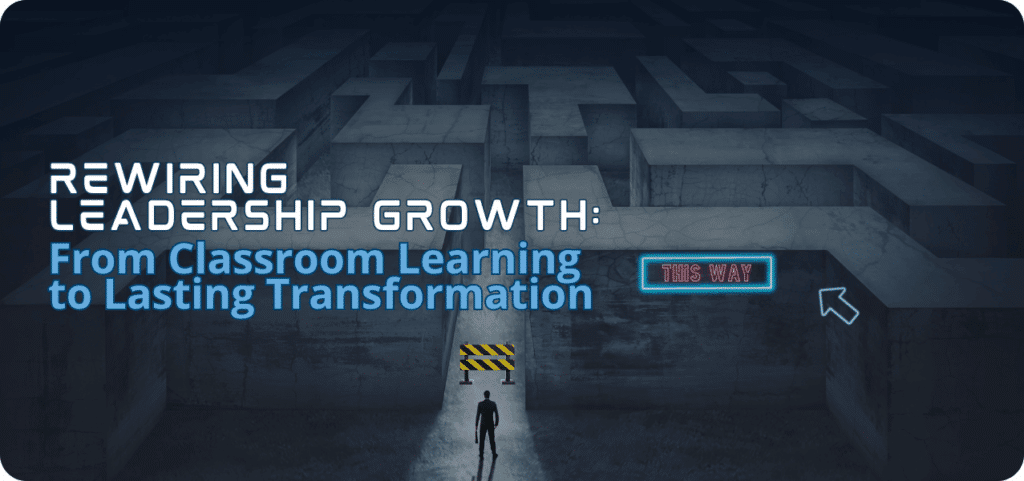Should L&D Teams Provide Training on Well-Being?

Work-from-home and hybrid set-ups have made finding a work-life balance challenging for many employees. The new reality is that most employees are spending much of their day working. In turn, this has led to an organizational responsibility towards employees’ physical, mental and emotional well-being. Major changes to the workplace have emerged based on the increased attention to mindfulness, including corporate gym memberships and playing sports on company outings.
This makes sense, as employee wellness has a direct correlation to productivity, profitability and talent retention. Yet, well-being is a topic that is separate – though closely tied – to L&D. This raises a few questions: Should well-being inherently be an L&D preoccupation? Can L&D departments do more in this field, and how?
We will explore the possibilities below:
Expanding the Understanding of Well-Being
Well-being is impacted by more than just physical health and safety. The emotional, social, spiritual, environmental and intellectual aspects of life all leave an impression on employees, and work could be impacting these elements in unexpected ways. Consider technology, for example: many employees struggle to disconnect from the office because they get constant notifications from coworkers on their phones. A lack of competency with various digital platforms can lead to emotional distress and confusion among teammates. Programming that strategically addresses these elements would allow employees the opportunity to apply their learnings and improve their work-life balance.
As a leader, offering programs that explore the work-life interface can also create a shared understanding of well-being within your team. Crafting an organizational understanding of wellness through L&D could include forums that discuss the definition of the term. HR and senior leaders could also partake in brainstorming sessions that connect personal well-being to the values of your organization.
Upskilling People in Well-Being
Caring for our own needs – let alone those of others – can be a challenge. Luckily, wellness can be developed just like any other skill in the workplace. Well-being practices do not come naturally to all employees, but upskilling these abilities is essential to the creation of a positive work environment.
For instance, focusing on resilience is a great way to bring mental and emotional health into the conversation. Resilience is not a natural born ability; it is a competency that can be learned and acquired. However, leaders must be careful not to combine the concept of mental well-being with resilience by putting the sole responsibility of wellness onto the employee. L&D plays an integral role in making sure these concepts are well-understood, and not misconstrued, by the organization.
Self-care is also an ability that can be developed and may require upskilling within your organization. Managing stress, maintaining focus and increasing job satisfaction are just some of the results of a positive self-care practice. While many individuals struggle to prioritize themselves within a busy corporate setting, healthy self-care habits can be nourished through inspirational stories and on-the-job training through L&D.
Advice for L&D
There are experiential and metaphorical ways to explore well-being through L&D programming. For instance, at WDHB we have the Resilient Leader Experience, which teaches practical tools for overcoming adversity through the lens of elite athletics. Beyond dedicated programs, you can also include key concepts related to wellness in your usual curricula. For example, we include adapted physical activity and mindfulness sessions within our programs, which allows learners to experiment with new well-being techniques.
Leadership Development Must Show Leaders How to Act with Care
- A huge part of leadership development is dedicated to supporting others as they bring the best of themselves to work. Hence, development programs that teach leaders to be attentive to their team members can play a large role in maintaining well-being. The capacity to care is one of the main soft skills to be addressed in all leadership development paths.
- Psychological safety is also a major aspect of well-being (and a necessary part of building a Learning Organization). Showing leaders how to overcome bias and build inclusive environments is the key to promoting growth and innovation in an organization. Therefore, psychological safety should take a larger role in leadership development.
Innovating Formats & Delivery Modes – Two Fields Learning From Each Other
- As two parts of the people engagement spectrum, well-being and L&D offerings can go hand in hand, or at least inspire each other within the organization.
- In both disciplines, there is a trend towards the “micro” (microlearning vs. micro-moments of mindfulness). This is because “micro” accomplishes a common goal: providing small instances of personal development that fit within the constraints of a busy work schedule.
- Social elements in programming are another trend these two disciplines share. Learning communities create lasting impacts on knowledge retention, just as the social element of well-being invites communication and connection between teammates.
Today, L&D professionals must find ways to connect learning and wellness while also enhancing their knowledge of valuable development initiatives.
Conclusion
Due to the COVID-19 pandemic, well-being is discussed now more than ever before. The topic becomes more complex when considering the social, environmental, mental and emotional factors that contribute to a person’s overall happiness in the workplace. Since wellness could be supported by providing education on adjacent topics such as resilience and self-care, there’s a greater reliance on L&D to offer solutions that navigate well-being in the corporate ecosystem. Aligning leaders with the practical skills they need to support wellness will amplify productivity and profitability, and employee retention will increase exponentially.
We should keep in mind that one’s ability to learn is closely connected to their wellness. By integrating well-being into L&D strategy, you will reach a new level of corporate synergy and spark multi-dimensional growth for your business.
Interested in how L&D can improve your teams? Let’s have a conversation.
References
https://elearningindustry.com/tips-for-ld-to-ensure-healthy-and-happy-employees/amp
https://www.underscore-group.com/learning-and-development/employee-well-being/
https://www.bizlibrary.com/blog/organizational-culture/improving-employee-well-being/
Author
Subscribe to get Access to Exclusive Content





